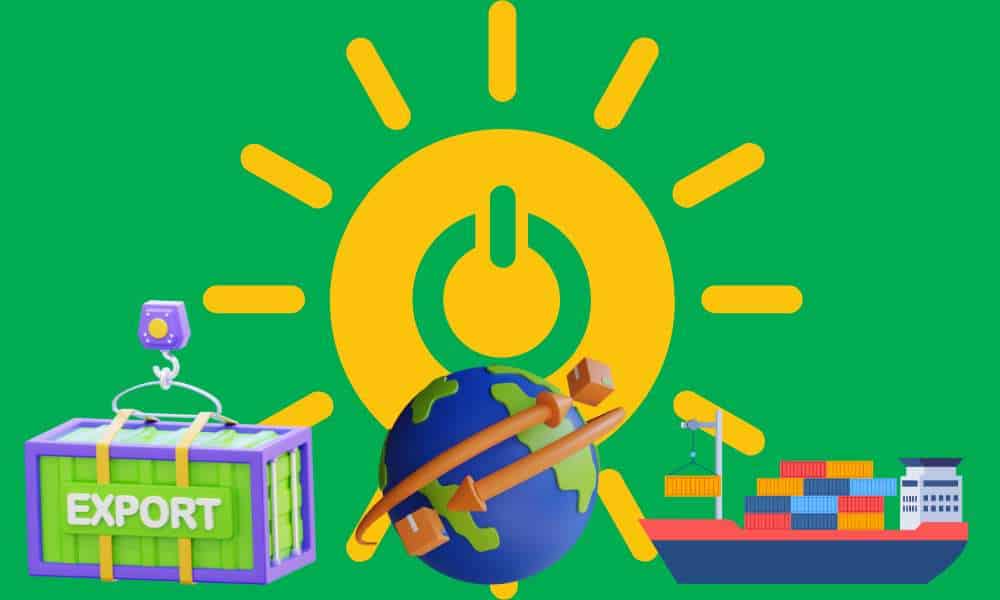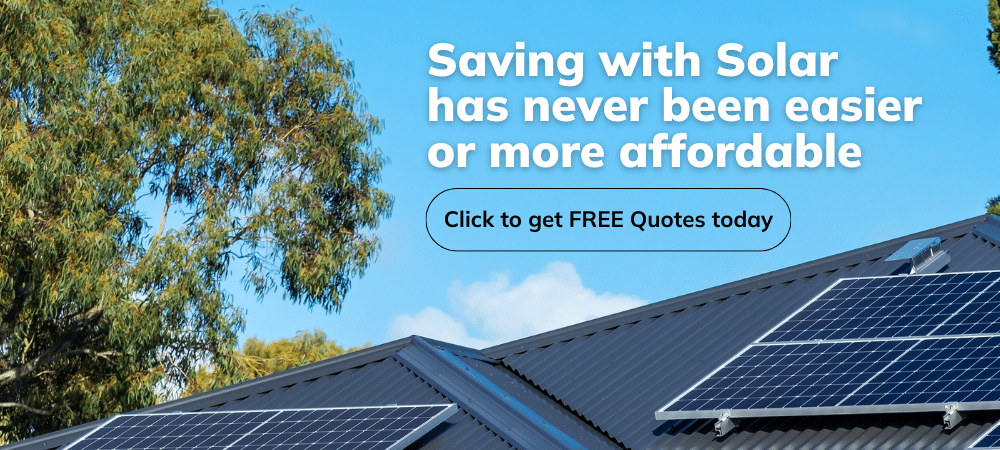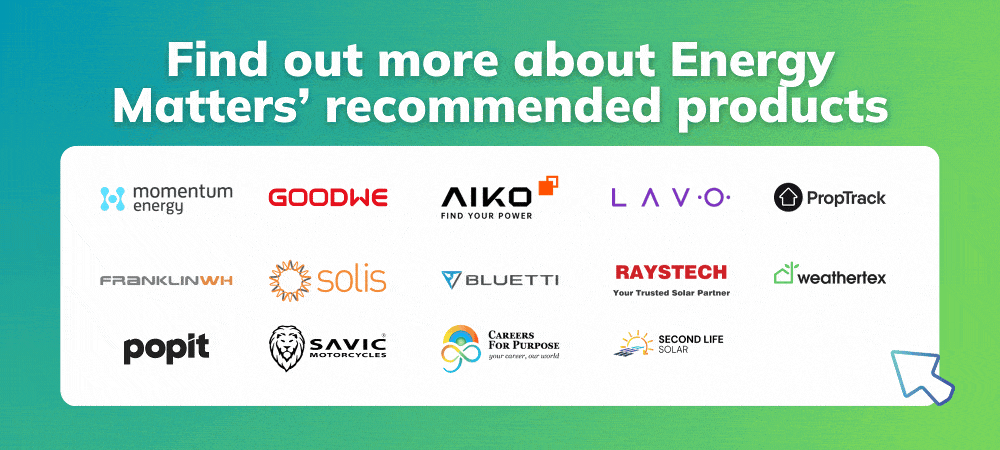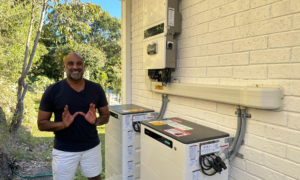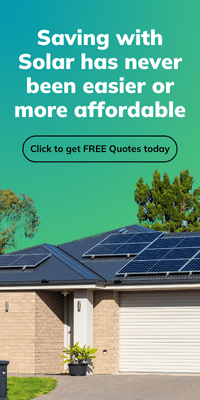Australia’s economic success has long ridden on the back of its resource exports. For decades, coal, natural gas, and iron ore have kept the trade balance in surplus, bolstered government budgets, and underpinned regional employment. But with global markets shifting rapidly toward decarbonisation, the fossil fuel-driven model is beginning to fray. As international partners implement stricter climate targets and carbon tariffs loom, the nation’s ability to pivot its export strategy is becoming an imperative.
What began as a domestic push to lower emissions has grown into a serious export play. Australia is positioning itself as a clean energy superpower, from green hydrogen and ammonia to critical minerals and renewable-powered manufacturing. This transition won’t happen overnight, but signs of change are already reshaping trade flows, attracting new investment, and redrawing the map of economic influence.
One of the most talked-about export strategies involves converting the nation’s abundant solar and wind energy into green hydrogen, a transportable, carbon-free fuel that can decarbonise heavy industries and power sectors overseas. Large-scale projects like the Asian Renewable Energy Hub and H2-Hub Gladstone are being designed specifically with export in mind. These initiatives are not just about energy but about building an entire clean economy ecosystem that includes pipelines, ports, and processing hubs tied directly to global supply chains.
Critical minerals are the next export powerhouse
Beyond hydrogen, Australia’s renewable economy is being supercharged by its reserves of critical minerals. The country holds a significant portion of the world’s lithium, cobalt, nickel, and rare earths, which are all essential for building batteries, solar panels, wind turbines, and EVs.
What’s changing is how these materials are processed. Instead of shipping raw minerals offshore, Australia is investing in onshore refining and value-adding. This creates high-value jobs and positions the country as a reliable, ethical supplier to economies looking to secure clean energy supply chains.
Global partnerships and investment flows
Australia’s renewable export potential is drawing more than headlines, it’s drawing global capital. Sovereign wealth funds, major energy companies, and international consortia are investing heavily in the infrastructure needed to scale up clean energy exports. From undersea transmission cables like the (now-suspended) Sun Cable project, to regional hydrogen hubs, this wave of investment is turning vision into real assets.
At the same time, trade relationships are evolving. Traditional buyers of coal and gas are becoming collaborators in renewable energy development. Clean energy diplomacy is reshaping Australia’s role in the region, especially with Asia-Pacific countries that are racing to hit net-zero targets.
The long-term economic case
This shift isn’t just about climate, but about long-term economic resilience. As fossil fuel demand softens globally, clean energy offers a way to diversify Australia’s export base. Unlike volatile commodity markets, renewables promise more predictable returns once the infrastructure is in place.
There’s also a branding shift underway. In an era where emissions footprints matter, being seen as a low-carbon exporter opens doors to new trade deals, green finance, and preferred supplier status in international procurement.
Challenges ahead, but momentum is building
Large-scale renewable projects can face delays around planning approvals, indigenous consultation, and transmission logistics. Community engagement and regional job transition plans need to be part of the rollout. Policy consistency is also crucial, with frequent changes to climate or energy policy could spook investors and stall progress.
Still, momentum is building. Australia is no longer just talking about exporting renewable energy. It’s designing the infrastructure, signing the deals, and moving fast enough to stay competitive in a decarbonising world.
A new chapter for Australia’s trade identity
This is more than a sector shift, it’s a transformation of Australia’s economic identity. Clean energy exports are creating a new chapter in the country’s trade story. If approached with ambition and care, the transition could secure a sustainable future and a powerful new economic engine for decades to come.













